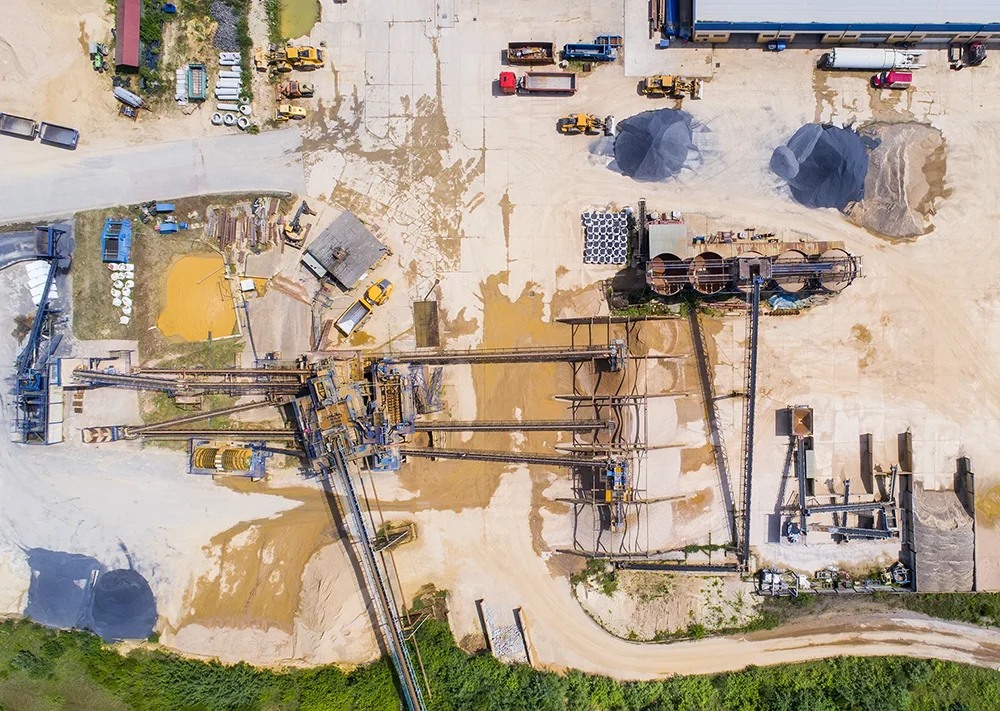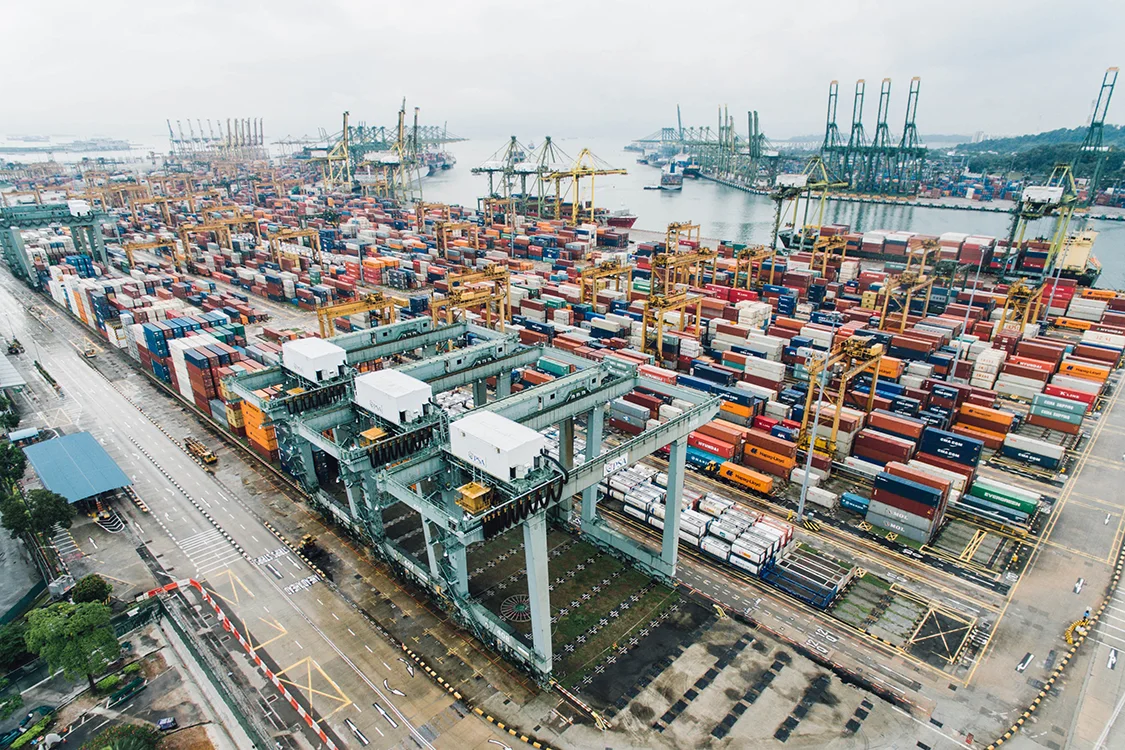
Mandatory sustainability reporting has arrived in 2024
The new year is in full swing, and with it comes a raft of new sustainability reporting regulations impacting mining and minerals organisations across Australia, and globally.
The goal of our newsletter is to give you the information and tools you need to take control of your metallurgical accounting, process optimisation, digital transformation and compliance-ready sustainability reporting by embracing data and technology.
In this edition, we summarise important legislation changes, explain how to meet Scope 3 reporting requirements and break down how the Carbon Border Adjustment Mechanism (CBAM) impacts your organisation.
NEWS
Key dates to consider for sustainability reporting
While regulatory requirements for transparent industrial sustainability reporting have been taking shape, this is the year they move from a voluntary nice-to-have to a mission-critical mandatory activity with significant real-world consequences as new compliance standards roll out globally.
| Name: | ISSB: International Sustainability Standards Board |
| Overview: |
|
| Status: | With the first standards (IFRS S1 and IFRS S2) in effect from 1 January 2004, it is now for jurisdictions to decide if and how they will incorporate these standards into national law or for companies to adopt the ISSB standards voluntarily. |
| Name: | CSRD: EU Corporate Sustainability Reporting Directive |
| Overview: |
|
| Status: | The CSRD is in effect from 1 January 2024, with reports to be published in 2025. It is estimated to apply to 50,000 large EU companies and 10,400 foreign companies. |
| Name: | SEC: US Securities and Exchange Commission |
| Overview: |
|
| Status: | There is no official release date for the new rule. The SEC has received over 16,000 comments on the proposed changes and appears to be doing due diligence on these. This will likely delay the release of the final rule until sometime in 2024 and align the implementation of the rule with other reporting standards in 2026. |
| Name: | GRI: Global Reporting Initiative |
| Overview: |
|
| Status: | Revised GRI standards came into effect on 1 January 2023. The GRI Topic Standard for Biodiversity and the GRI Sector Standard for Mining will be published in early 2024. |
| Name: | TNFD: Taskforce on Nature-related Financial Disclosures |
| Overview: |
|
| Status: | Final recommendations published on 18 September 2023 and TNFD will encourage and support voluntary market adoption. Until disclosures move from voluntary to mandatory by each jurisdiction, the TNFD will publish an annual status update of adoption. The January 2024 update details commitments by 320 companies across 46 countries to date. |
- Safeguard Mechanism Reforms (Australia) Currently covers Australia’s top 215 high emitting facilities which must keep emissions below a legislated baseline. All facilities must apply for a new site-specific emissions intensity by 30 April 2024.
- EU’s Carbon Border Adjustment Mechanism (CBAM) The CBAM transition period began on 1 October 2023, with first submissions of CBAM reports due January 2024. CBAM takes full effect in 2026, with annual declarations, certificates and payments becoming mandatory.
- EU Battery Passport The EU Battery Regulation entered into force in August 2023, replacing the EU battery directive, with the digital battery passport becoming mandatory from February 2027.
CASE STUDY
How to report across Scopes 1, 2 and 3

The ISSB is now fully operational and under the new sustainability disclosure standards mining and minerals operations will be expected to report annually across four sustainability content areas: governance, strategy, risk management, and metrics and targets.
As part of this, organisations must be able to report on Scope 1, 2 and 3 emissions as outlined (or guided) by the Greenhouse Gas Protocol (GHGP). Adoption of these standards is expected to be global.
Without the right digital tools, many mining and minerals facilities lack the data and analytics they need to accurately report their emissions, water and energy consumption to the level required by the ISSB. Specifically, it is challenging to report on the three required emissions scopes:
- Scope 1: Emissions from sources that an organisation owns or controls directly.
- Scope 2: Emissions that a company causes indirectly when the energy it purchases and uses is produced.
- Scope 3: Emissions that are not produced by the company itself, but by those that it’s indirectly responsible for – up and down its supply chain.
In this case study, we detail worked examples of how using digital tools like our MI Core® solution enables mining and minerals organisations to track and report emissions, water and energy consumption, cut costs, streamline processes and fine-tune their sustainability accounting at each scope level.
RESOURCE
Your guide to how CBAM impacts your business
The October 2023 introduction of the EU’s Carbon Border Adjustment Mechanism (CBAM) means energy-intensive industries face new compliance and reporting regulations.
Legislated as part of the European Green Deal, the CBAM – also referred to as the carbon border tax – is a tariff applied to a range of carbon-intensive products that are imported by the European Union (EU).
Taking into account both direct and indirect emissions, CBAM puts a price on carbon-intensive products as they enter the EU with categories including iron and steel, cement, fertiliser, aluminium, electricity, chemicals, polymers and hydrogen.
Whether your organisation manufactures in the EU or is a non-EU-based supplier to these organisations, CBAM compliance requirements apply to in-scope products.
To help you get up to speed, we’ve prepared a comprehensive CBAM guide that explains:
- What is the EU’s CBAM?
- Why is CBAM being implemented so urgently?
- When does CBAM reporting start? What emissions are included?
- CBAM risks: What happens if you’re not ready?
- How and when to prepare for CBAM compliance
- What is the proven shortcut to CBAM compliance?
We can help you tackle the data challenge
When you boil it down, the core sustainability and reporting challenge for resources and industrial organisations all comes down to DATA.
How data is collected, validated, managed and shared at every stage of the production process and product life cycle is key. Once you have established the right digital infrastructure, you are equipped to adapt to new and evolving frameworks and market shifts.
To discuss how our metallurgical accounting and process optimisation solution can help you streamline your operations and reporting, please contact our experienced team.
About the authors
This article has been collaboratively authored by the team at Metallurgical Systems and Industrial Sustainability Solutions, and fact-checked and authorised by Managing Director and industry specialist John Vagenas.




